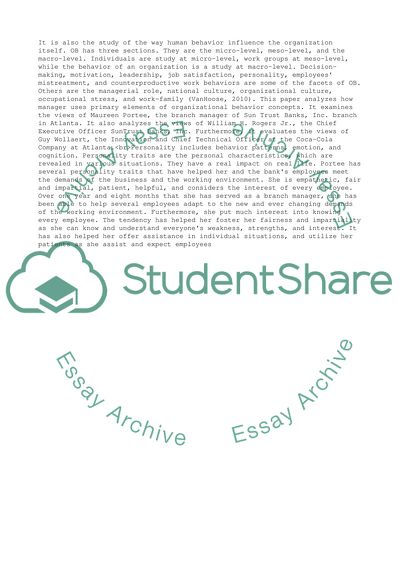Cite this document
(How managers utilize key elements of organizational behavior concepts Research Paper, n.d.)
How managers utilize key elements of organizational behavior concepts Research Paper. https://studentshare.org/management/1850950-how-managers-utilize-key-elements-of-organizational-behavior-concepts
How managers utilize key elements of organizational behavior concepts Research Paper. https://studentshare.org/management/1850950-how-managers-utilize-key-elements-of-organizational-behavior-concepts
(How Managers Utilize Key Elements of Organizational Behavior Concepts Research Paper)
How Managers Utilize Key Elements of Organizational Behavior Concepts Research Paper. https://studentshare.org/management/1850950-how-managers-utilize-key-elements-of-organizational-behavior-concepts.
How Managers Utilize Key Elements of Organizational Behavior Concepts Research Paper. https://studentshare.org/management/1850950-how-managers-utilize-key-elements-of-organizational-behavior-concepts.
“How Managers Utilize Key Elements of Organizational Behavior Concepts Research Paper”. https://studentshare.org/management/1850950-how-managers-utilize-key-elements-of-organizational-behavior-concepts.


